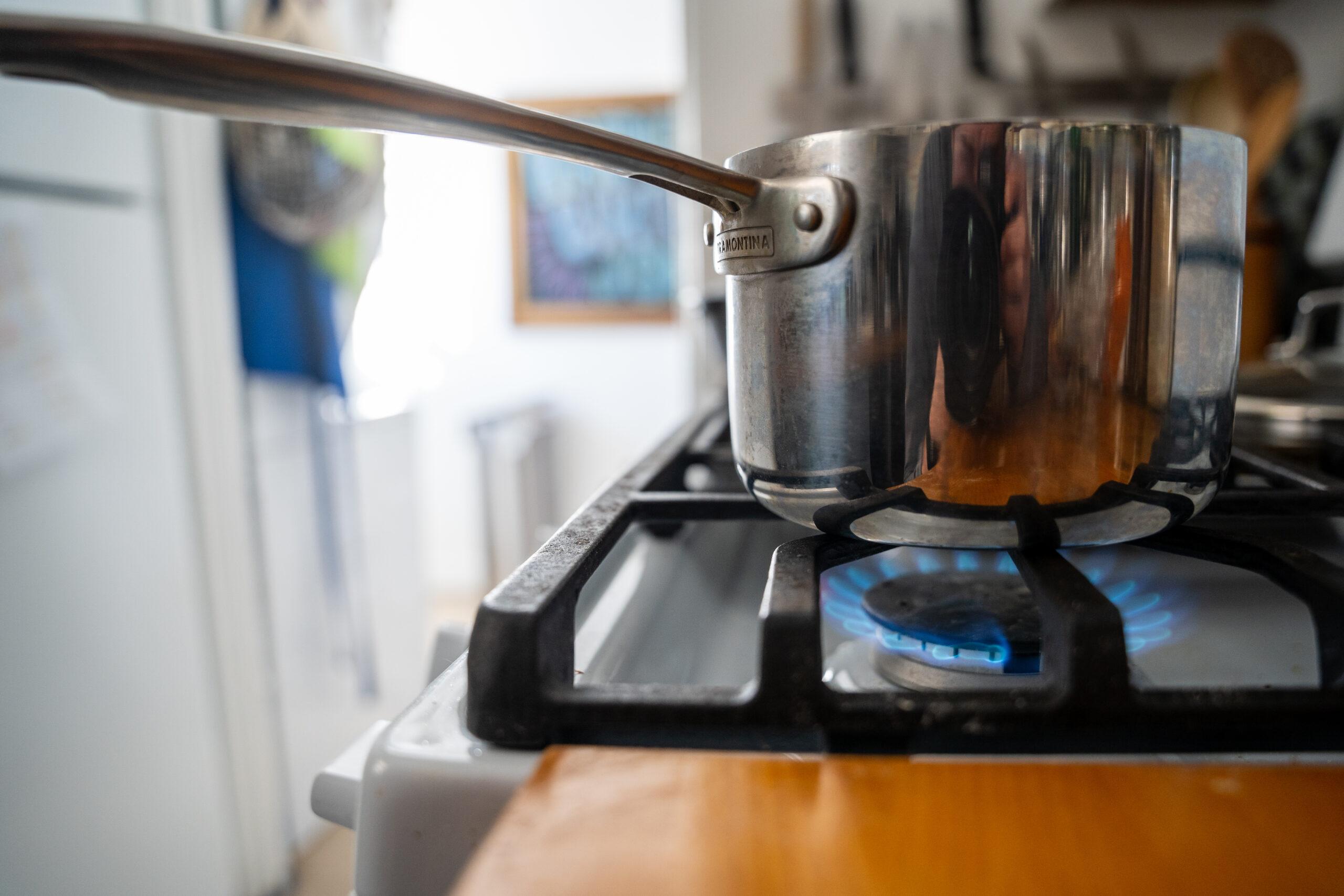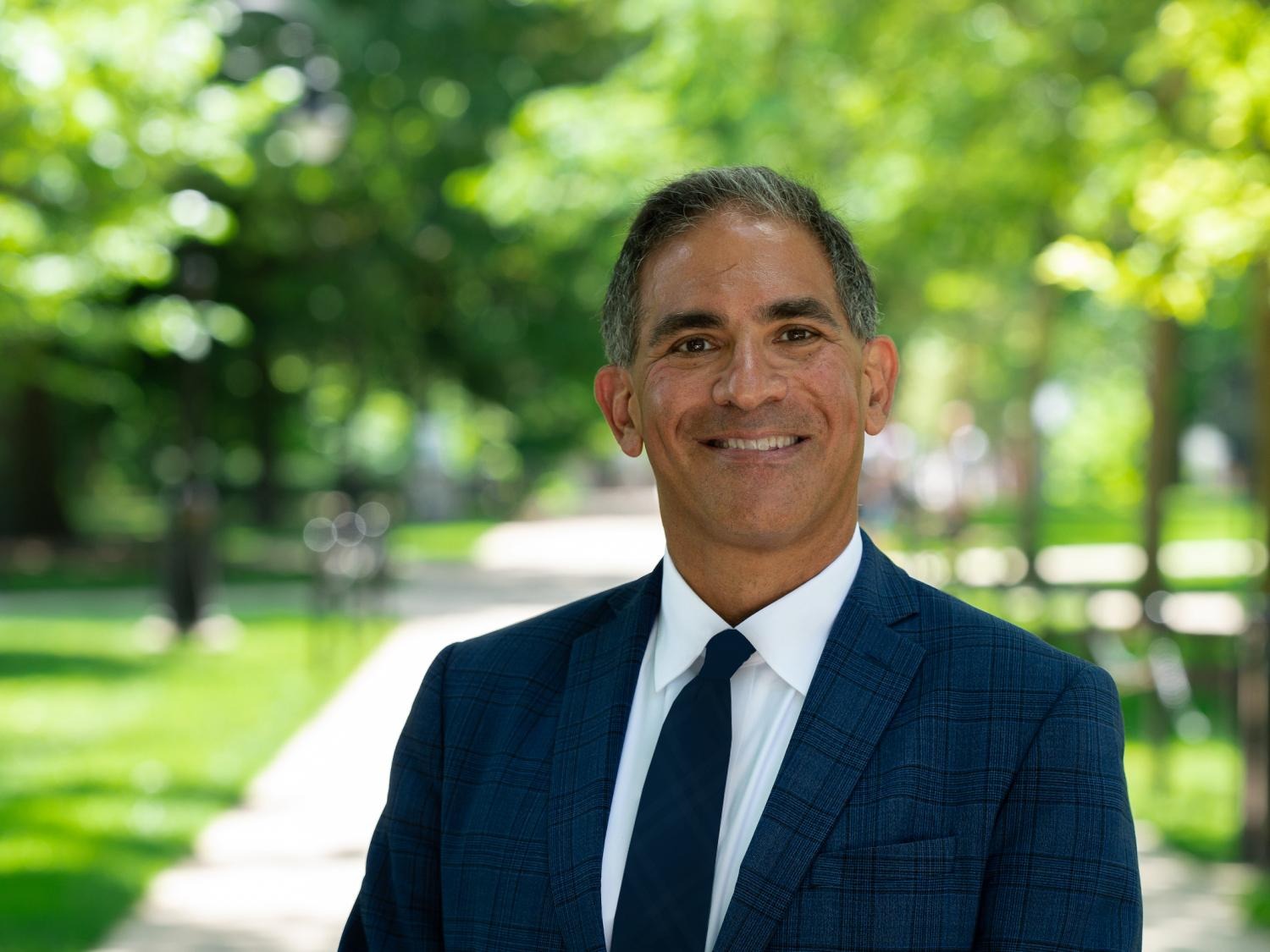

In summer, we spent all day every day at the playground, risking, if not life, then certainly limb. Arms, legs, knees, elbows, ankles, wrists, necks, eyes, ears, noses, teeth and toes. We scrambled from monkey bars to swings to merry-go-round; dodgeball to kickball to horseshoes; through sudden afternoon thunderstorms, grueling heat, and swirling clouds of pale dust churned up by hundreds of flip-flopped, bare and tennis-shoed feet.
No fancy camp or expensive workout shoes for us in 1960s southern Kentucky, just a locked chest full of sports equipment, a college girl named Sandy who wore the key on a lanyard that swung between her perky breasts, and an elementary school playground that seemed to us as large and limitless as the universe. Summer Recreation, we called it, sponsored by the town and gloriously under-supervised.
Out here in the middle distance, I remember the freedom of those long, parentless days. I’m an old lady now, walking my dog to the neighborhood playground early in the morning for a game of fetch. One morning this week, when no one was watching, I let the dog go down the slide first, then I climbed the steps and slid down after him. I sat at the bottom wondering where the thrill had gone.
This slide had reasonably placed steps with corrugated shoe grips, not the slippery steel rungs I remember, and it extended about half the vertical height of the slides of my childhood. We slid down in trains, went head first on our stomachs, then head first on our backs, scraping the hot surface with our heels or toes to slow down. The climbers among us sometimes skipped the steps altogether and shimmied up the narrow metal support poles, arcing and propelling our bodies onto the skinny platform at the top, the lookout point for the whole playground, the Little League ball field, and the surrounding neighborhood. We felt like Tarzan in the treetops.
The swings beckoned just a few yards over, stretching the entire width of the brick outdoor wall of the school cafeteria. Long chains that could be twisted to a rolled knot, then released in a neck-wrenching spin. Hard seats that could be stood on or shared with a swinger perched backward between our feet. We pumped high, leaned back and dropped our heads. And we jumped. Skydivers without parachutes, we arched upward, then suffered the landing in the prickly grass: two feet, hands and knees, or a tumble and roll.
Occasionally someone got hurt and Sandy pulled out the Band-aids, bright orange mercurochrome, and a cool rag. Did anyone ever split their head open or break a bone? I don’t recall. I do recall holding the glass bottle with its glass applicator wand for Sandy so I could get a whiff of that antiseptic. Oh yeah, a little dab of mercury will do you …
Besides the tetherball pole that always had a long line of little kids waiting to get trounced by the bigger kids, the most popular spot on the playground was the merry-go-round, a heavy spinning octagon of wooden benches strung together with a cool spider web of smooth steel bars. The fastest runners and the tallest kids with the longest legs were dedicated pushers, getting the thing spinning, then jumping on at the last second for a ride. A heavy load meant more pushing and the merry-go-round never went fast enough to suit us. Stage two: We left the safe seat of the bench and climbed over the handrail to stand on one of the poles radiating from the center, holding onto a hand rail and occasionally dipping down to the ground to give a quick running push. Stage three: Standing astride two of the top rails and briefly going no hands, the world spinning madly by.
These were learned tricks, practiced in stages over a whole summer or several summers. We watched out for scared or uncoordinated or too small kids and warned them to hold on tight. We knew they could get hurt because we had been hurt ourselves. Once you’d fallen and had your breath knocked out, you didn’t want to see it happen again to anyone.
The monkey bars, an elegant open-air grid of steel poles, became our big city apartment building. We climbed straight to the top, the penthouse and the roof, where we pretended to sip tea or cocktails. From the top of the monkey bars we could see our flat little houses across the street, and our mothers sweeping the porches, a million miles and a lifetime away.
— First published in July 2012. Kathryn Eastburn is on vacation and will return next week.
Kathryn Eastburn is the author of A Sacred Feast: Reflections of Sacred Harp Singing and Dinner on the Ground, and Simon Says: A True Story of Boys, Guns and Murder in the Rocky Mountain West. You can comment and read or listen to this column again at The Big Something at KRCC.org. “The Middle Distance” is published every Friday on The Big Something and airs each Saturday at 1 p.m. right after This American Life.








